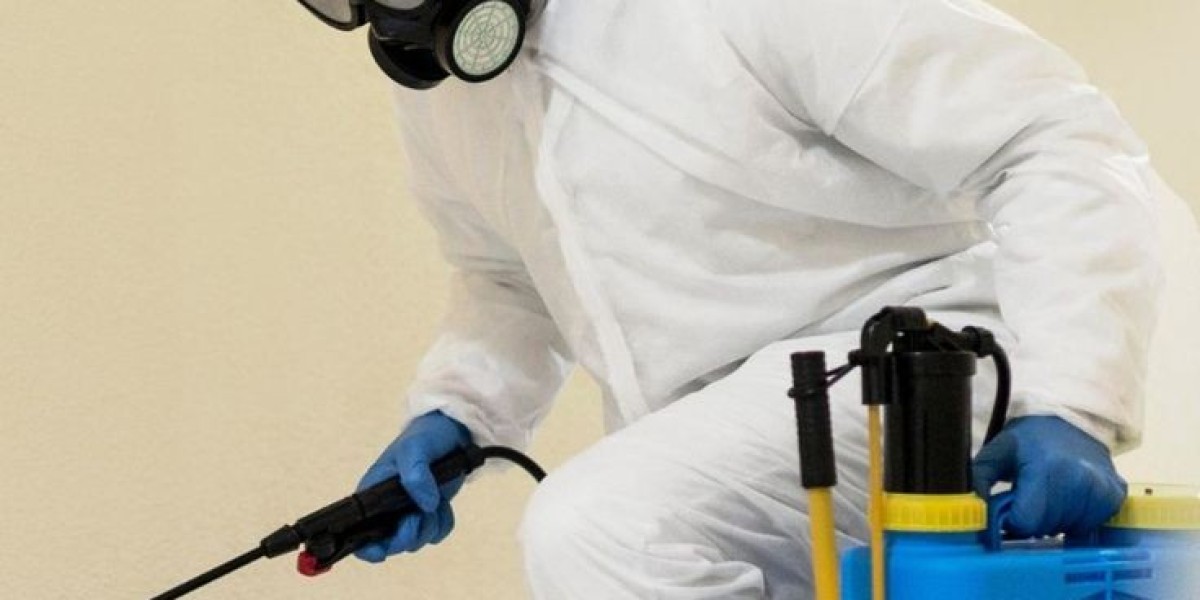Introduction
Living in Long Island offers numerous benefits, from beautiful coastlines and vibrant communities to rich cultural experiences. However, homeowners and businesses in the region also face challenges—one of the most persistent being pest infestations. Pests such as ants, rodents, termites, mosquitoes, and cockroaches are more than just nuisances; they pose serious threats to property and health. Effective pest control is therefore essential not only for maintaining comfort but also for ensuring a safe and hygienic environment.
This article provides a comprehensive overview of pest control in Long Island, highlighting the most common pests, the dangers they present, available solutions, prevention strategies, and how residents can make informed decisions when seeking professional services.
Why Pest Control is Crucial in Long Island
Long Island’s climate plays a major role in attracting various pests. Its humid summers, mild springs, and cool winters create conditions that encourage pest survival and reproduction. Unlike arid or extremely cold regions, Long Island allows many pest species to remain active year-round.
Beyond climate, the region’s dense population and abundance of homes, restaurants, and businesses provide endless food and shelter opportunities. This makes pest control an ongoing need rather than a one-time solution.
Failure to manage infestations can lead to:
Health hazards: Pests spread diseases, contaminate food, and trigger allergies.
Structural damage: Termites and rodents can compromise wood, insulation, and wiring.
Economic losses: Businesses risk reputational harm and regulatory issues.
Reduced quality of life: Constant pest presence causes stress and discomfort.
The Most Common Pests in Long Island
1. Ants
Ants are one of the most frequent household invaders. Species like carpenter ants can cause structural damage by tunneling through wood, while others contaminate food supplies.
2. Rodents
Mice and rats thrive in both urban and suburban environments. They chew through wiring, insulation, and stored goods while spreading diseases such as hantavirus and salmonella.
3. Termites
Often called “silent destroyers,” termites can compromise a home’s foundation and wooden structures. Infestations may go unnoticed for years until costly damage becomes visible.
4. Mosquitoes
Mosquitoes are not only irritating but also vectors of illnesses like West Nile virus and Zika virus. Their presence is heightened during the summer months.
5. Cockroaches
Resilient and adaptable, cockroaches spread bacteria, worsen asthma, and multiply quickly if left unchecked.
6. Bed Bugs
These small, blood-feeding insects can infest bedding and furniture, making eradication both challenging and stressful.
Health Risks Associated with Pests
Pest infestations extend beyond discomfort. Many species are carriers of pathogens that endanger human health. For example:
Rodents transmit leptospirosis and plague through droppings and bites.
Mosquitoes spread vector-borne illnesses that may cause long-term complications.
Cockroaches carry bacteria such as E. coli and salmonella, which contaminate kitchen surfaces.
Dust mites and pests exacerbate allergies and respiratory conditions.
By addressing pest issues promptly, homeowners protect not only property but also the well-being of their families.
Professional vs. DIY Pest Control
When faced with an infestation, many homeowners debate whether to attempt do-it-yourself solutions or hire professionals. Both approaches have merits, but the decision should be based on the severity of the issue.
DIY Methods: Over-the-counter sprays, traps, and repellents can temporarily reduce visible pests. They are cost-effective but often fail to eliminate root causes.
Professional Pest Control: Experts use targeted treatments, advanced equipment, and preventive strategies to deliver long-term results. They also tailor solutions to specific pests, ensuring safety for both people and pets.
The Role of Eco-Friendly Pest Control
Sustainability is a growing concern for Long Island residents. Many prefer eco-friendly pest control methods that minimize harm to the environment while remaining effective. These may include:
Botanical sprays made from essential oils.
Heat treatments for bed bug infestations.
Biological controls such as beneficial nematodes for soil pests.
Integrated Pest Management (IPM) programs that combine monitoring, prevention, and minimal pesticide use.
Such methods reduce chemical exposure, preserve beneficial insects, and support a healthier ecosystem.
Mid-Section Integration
Homeowners often wonder whether quality pest management must come at a high price. While advanced treatments may sound costly, there are providers offering affordable pest control Long Island NY services that balance effectiveness with budget considerations. These companies design customized plans, focusing on long-term prevention rather than short-term fixes. This ensures that families can maintain safe, pest-free homes without straining finances.
Prevention: The First Line of Defense
Effective pest control is not just about elimination but also prevention. Here are practical steps every Long Island homeowner can take:
Seal Entry Points: Close gaps in windows, doors, and foundation cracks.
Maintain Cleanliness: Regularly vacuum, sanitize kitchen surfaces, and dispose of garbage properly.
Store Food Securely: Keep food in sealed containers to prevent attraction.
Eliminate Standing Water: Remove sources of moisture where mosquitoes breed.
Yard Maintenance: Trim vegetation, clear debris, and keep firewood away from structures.
Choosing the Right Pest Control Company
With many service providers in Long Island, selecting the right company is crucial. Homeowners should consider:
Licensing and Certification: Ensure compliance with state regulations.
Experience and Reputation: Read reviews, request references, and verify longevity in the industry.
Customized Plans: Choose providers offering tailored treatments for specific pests.
Safety Practices: Confirm that methods prioritize family and pet safety.
Transparent Pricing: Avoid vague quotes; request detailed breakdowns.
Seasonal Pest Challenges in Long Island
Pests vary depending on the time of year. Being prepared seasonally helps mitigate infestations:
Spring: Ants and termites become active.
Summer: Mosquitoes and flies peak.
Fall: Rodents seek warmth indoors.
Winter: Cockroaches and bed bugs continue thriving indoors.
Understanding these patterns allows residents to schedule preventive treatments before infestations grow severe.
The Future of Pest Control in Long Island
Advancements in technology are shaping modern pest control. Homeowners can expect to see innovations such as:
Smart traps connected to apps for monitoring activity.
Use of drones for outdoor pest inspections.
DNA-based pest identification for precision treatments.
Expanding eco-friendly and biological solutions.
These advancements will further improve efficiency, reduce risks, and provide more proactive approaches.
Conclusion
Pest control is a necessity for maintaining safe, comfortable, and hygienic living conditions in Long Island. With its unique climate and dense population, the region faces recurring pest challenges that require both immediate action and preventive strategies.
From ants and rodents to termites and mosquitoes, the dangers extend beyond inconvenience, impacting health, property, and overall well-being. Homeowners must remain vigilant, adopt preventive measures, and when necessary, seek professional assistance that aligns with both safety and affordability.
By choosing responsible pest management solutions, Long Island residents can protect their homes, families, and communities, ensuring a healthier environment for generations to come.








